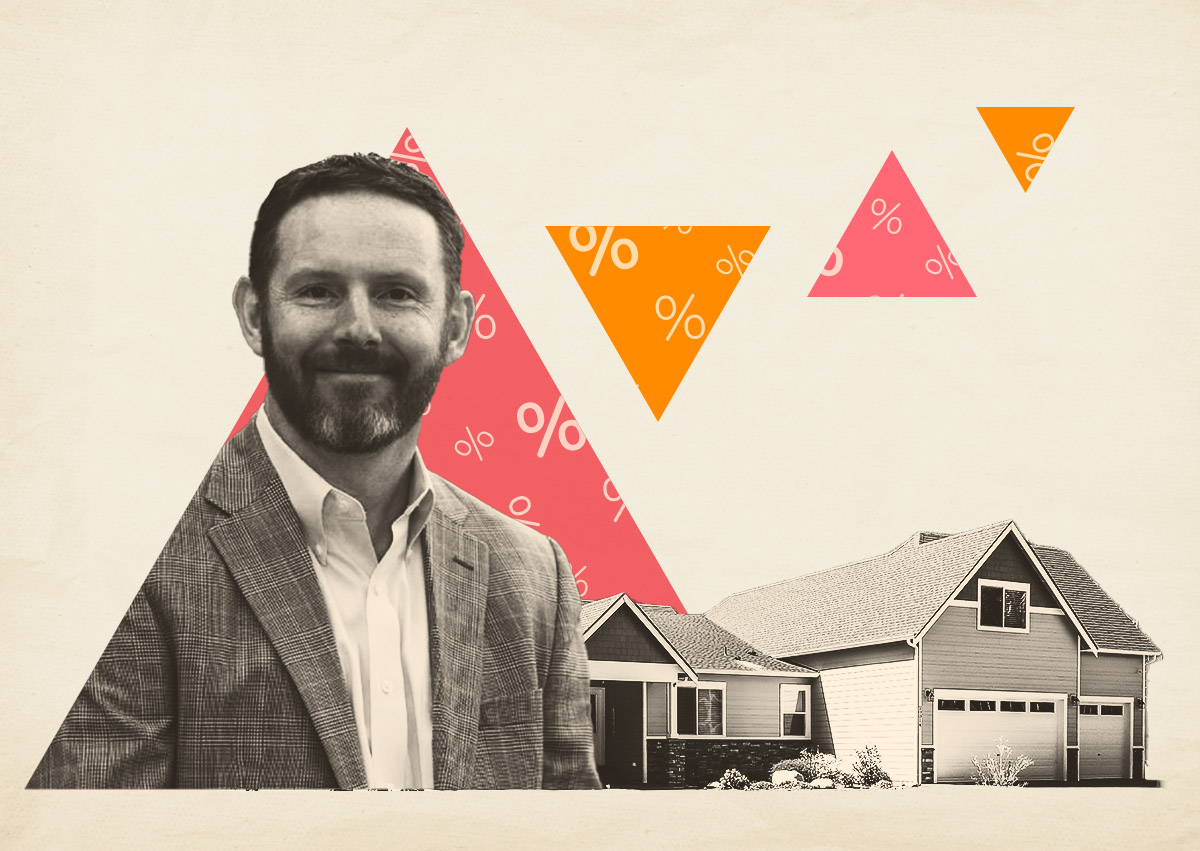A generation of American house hunters never pulled away from the mortgage market the way they did last week.
Overall mortgage applications decreased 2.9 percent on a seasonally-adjusted basis compared to the previous week for the period ending on Sept. 1, according to the Mortgage Bankers Association’s latest survey. Applications hit the lowest levels since December 1996.
To find a level of purchase applications as low as last week, you’d need to look back another year. The MBA’s Purchase Index fell 2 percent on a seasonally-adjusted basis from the previous week and 28 percent year-over-year. The index hit its lowest point in 28 years.
Refinances are also down, though not to a historical degree. The Refinance Index dropped 5 percent from the previous week and 30 percent year-over-year, bottoming out at a level last seen at the beginning of the year.
Low housing inventory is a factor, according to MBA deputy chief economist Joel Kan, but mortgage rates arguably loom largest for homebuyers. The average contract interest rate for 30-year fixed-rate mortgages with conforming loan balances ($726,200 or less) actually dropped from 7.31 percent to 7.21 percent week-to-week, but the latter is still a full percentage point higher than a year ago; points decreased from 0.73 to 0.69.
Read more



The average contract rate for a 30-year mortgage with jumbo loan balances also fell to 7.21 percent last week, down from 7.28 percent the previous week. Points increased from 0.66 to 0.76, but the effective rate still decreased.
Buyers and sellers are feeling the pinch of mortgage rates, well over the all-important (perception-wise) 7 percent threshold. After frenzied activity at the start of the pandemic and ultra-low rates got the market moving, buyers have been saddled with high mortgage rates and high home prices. On the other end, sellers are reluctant to part ways with a mortgage rate that is often lower than what they would garner should they need a new mortgage for a new home.
